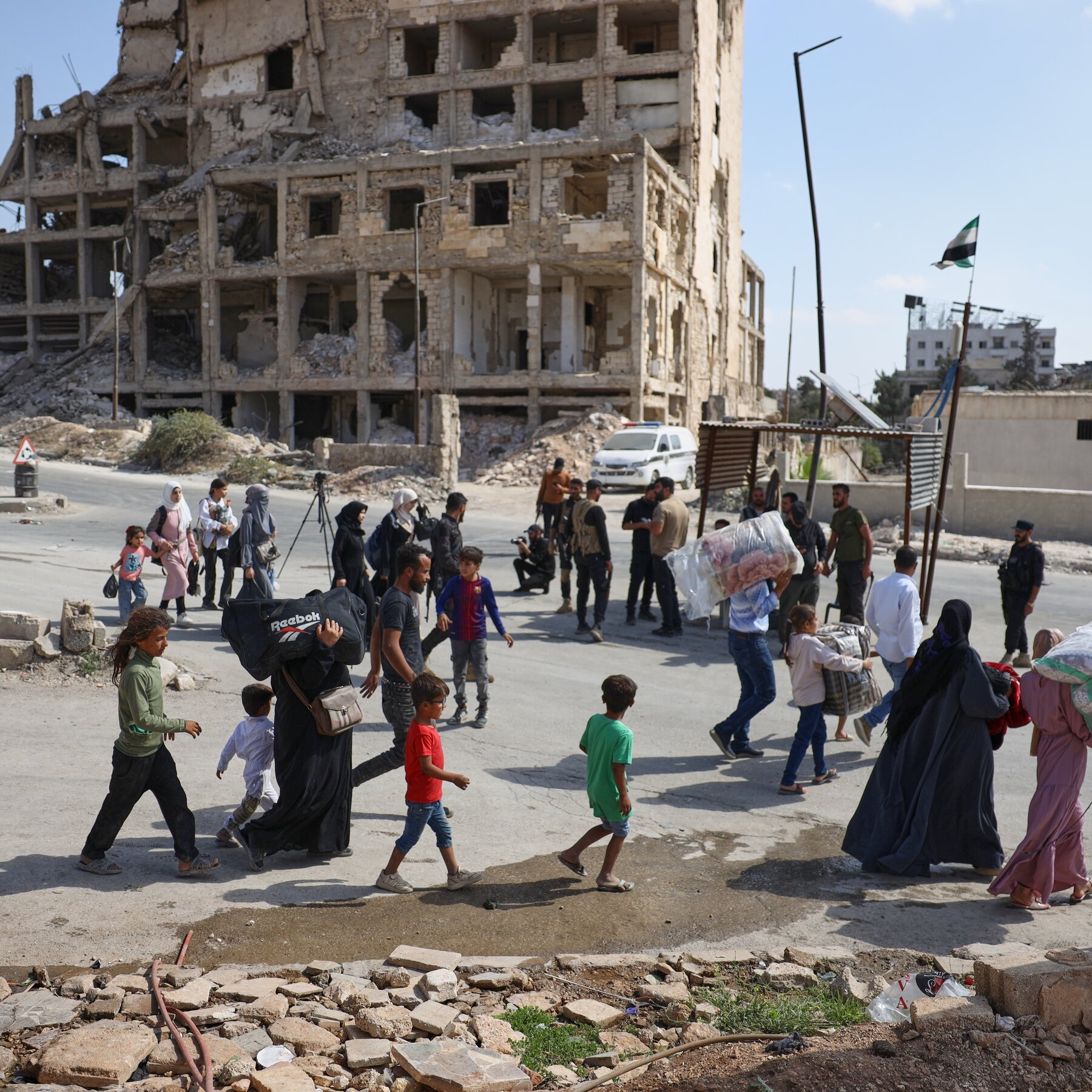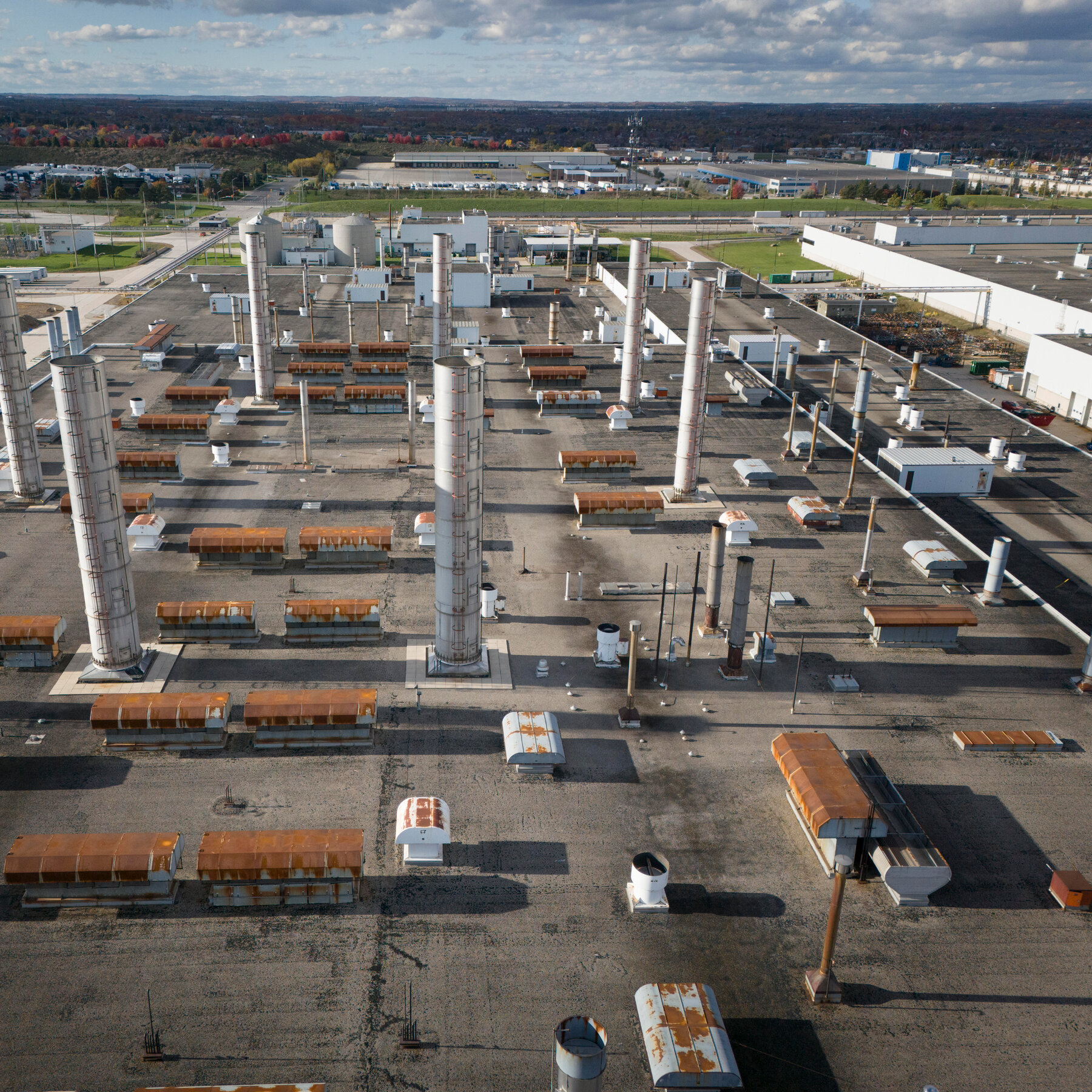As the World Pursues Clean Power, Millions Still Have No Power at All
Just outside Belém, the Amazonian city hosting the global climate summit, electricity is a very recent arrival. While nations worldwide celebrate breakthroughs in renewable energy, countless remote villages across Brazil and the broader Amazon basin continue to live without any reliable power.
The Paradox of Progress
In the same week that world leaders pledge to decarbonise their economies, engineers are still installing the first solar panels on modest wooden homes in the rainforest. The contrast highlights a growing disparity: urban centres are racing ahead with wind farms and hydro‑electric projects, while isolated communities lag far behind.
Remote Communities Remain Dark
For many families living along the Rio Negro and its tributaries, the only source of light is a kerosene lamp that burns for a few hours each night. Without electricity, children study by candlelight, health clinics lack refrigeration for vaccines, and small businesses cannot operate after sundown. The lack of power also hampers efforts to monitor illegal logging and protect biodiversity.
Why the Gap Persists
Several factors contribute to the persistent energy gap:
- Geographic isolation: Dense forest and limited road access make grid extension costly.
- Economic constraints: Many households earn less than US $2 per day, making even subsidised connections unaffordable.
- Policy focus: National energy strategies often prioritise large‑scale projects that generate megawatts, not the kilowatts needed for remote villages.
Path Forward
Experts argue that a decentralised approach—combining off‑grid solar kits, micro‑hydro systems, and community‑managed batteries—offers the most realistic solution. International climate finance should earmark a portion of funds specifically for energy access projects, ensuring that the benefits of the clean‑energy transition reach the most vulnerable.
As the summit in Belém concludes, the true measure of success will not only be the megawatts added to national grids, but also the number of households that finally switch on a light for the first time.





